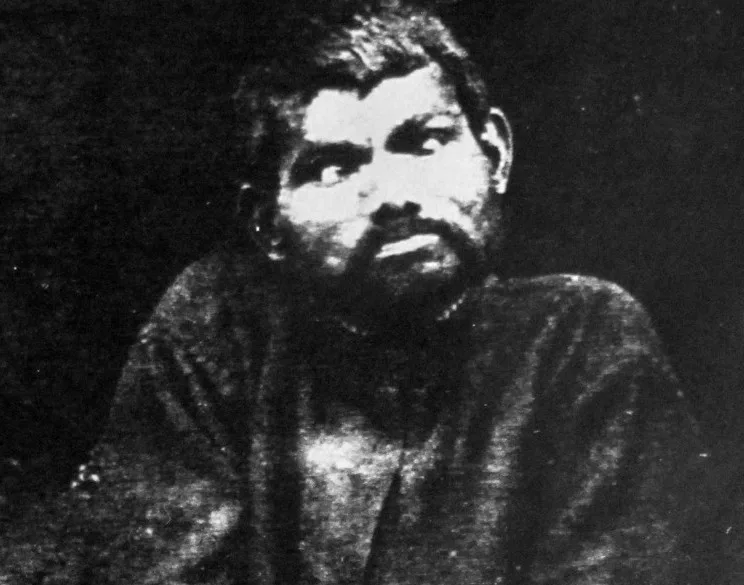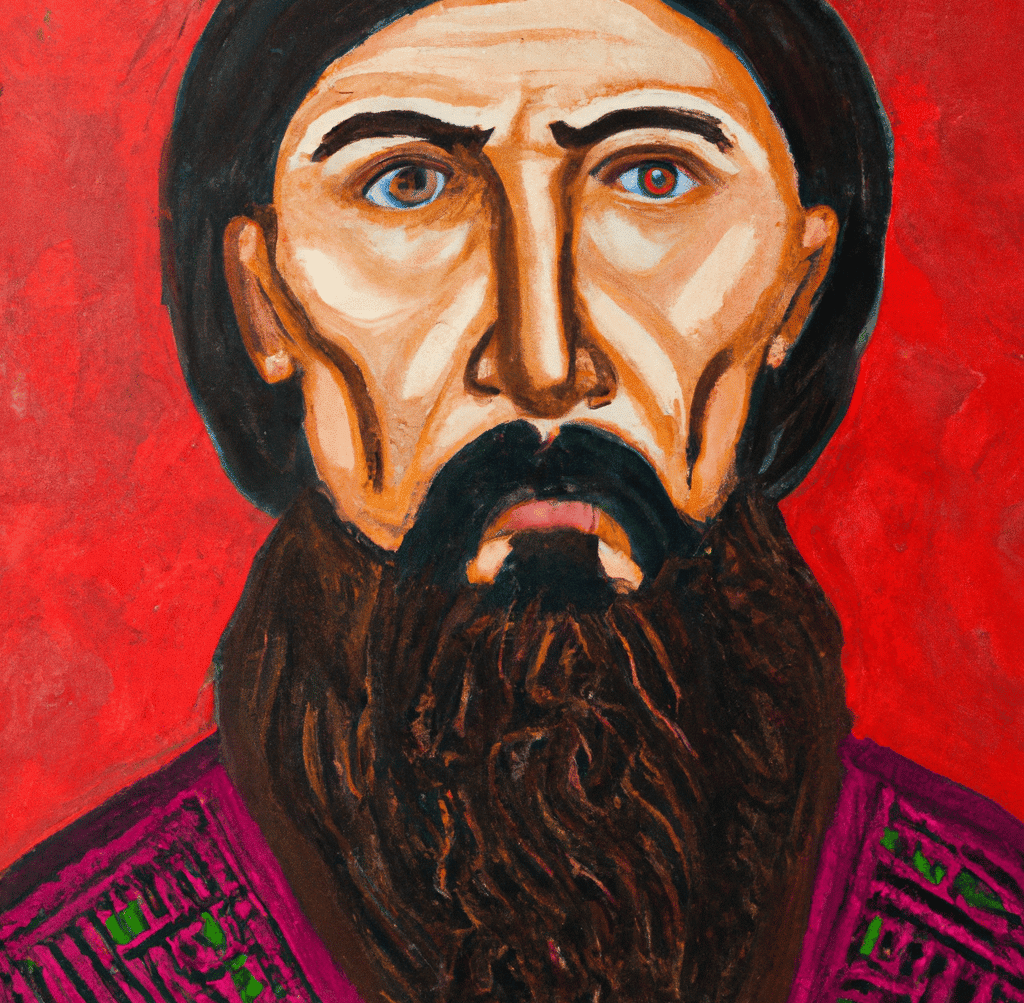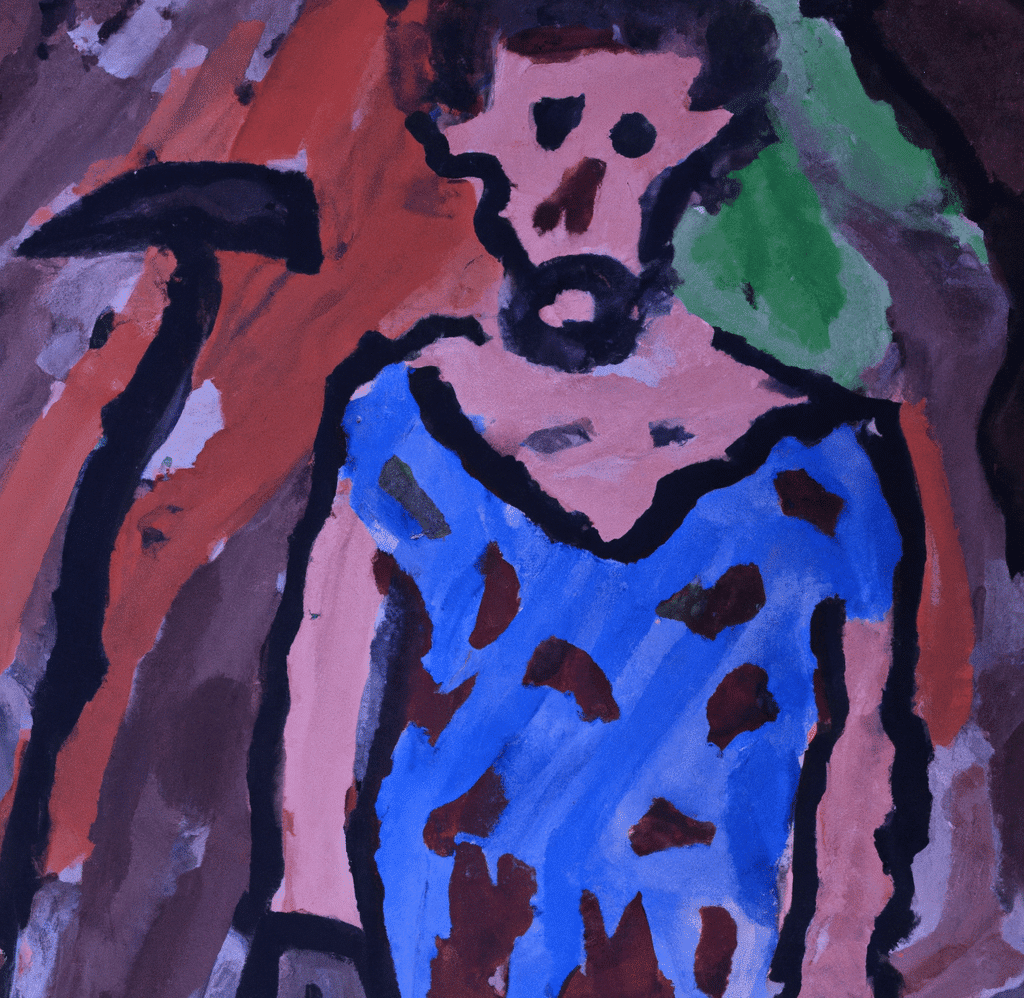Dina Sanichar was found living in the depths of an Indian jungle in the mid 1800s. Found by hunters, the real shock was not that he had survived, but that he had been a pack mate of wolves. Because of this, Dina is often regarded as the “wolf boy.” He was even the inspiration behind the Jungle Book character Mowgli.
Outside of the jungle, Dina spent his next decades trying to learn societal norms – despite his animalistic instincts. To this day, his story is used as a prime argument in nature versus nurture. Additionally, he continues to intrigue both the scientific and historic communities.
Dina Sanichar: The Real-Life Mowgli
In 1867, a group of hunters were trekking within the Bulandshahr jungle in Uttar Pradesh, India. Mortified by the recent wolf attacks, the men were hyper vigilant on their journey. Their eyes were peeled for anything that could compromise their safety. Well into their session, the hunters gained sight of a pack of wolves entering a nearby cave. Struck with both fear and determination, the hunters devised a plan to kill the wolves and bring peace back to the locals. They decided to light fires, in an attempt to smoke the canines out of the cave, to make killing them much easier.
So, this is exactly what they did. As the wolves stumbled out of the cave, they were killed one by one. After most of the pack had been eliminated, the hunters heard what sounded like faint coughs and rustling coming from the cave. They assumed this was the last of the animals and positioned their rifles at ready. A few moments passed before a dark figure emerged from the smoky cave entrance. The sight turned the hunters from fearful to shocked beyond belief.
Once the light had hit the figure, the hunters gazed at what appeared to be a young boy snarling and walking on all fours. They were stunned. In an attempt to help, they tried to capture the small boy, but it was no use. He was just as menacing as the wolves had been. It was not until he curled up next to one of his dead pack mates that they were able to subdue him and get him out of the jungle.

Life in Captivity
Once found, Dina was transported to the Sikandra Mission Orphanage in Agra, India. Everyone was intrigued by the feral boy and quickly began to study his behaviors. Any time the missionaries would attempt to clothe him, Dina would tear the clothes off. He had no use of language and only communicated with howls, whimpers and growls.
Additionally, he continued to walk on all fours and only eat raw meat. They concluded that the boy had likely been abandoned in the jungle very early on in his life and was adopted by the wolves as one of their own.
Because of the isolation, Dina also showed no signs of normal human emotion. He never laughed or smiled and did not care to form bonds with any of the missionaries. It was only when another feral child was brought into the orphanage that he showed any sign of companionship to humans. These two children were attached at the hip and would frolic around on all fours playing like two dogs in a park. They would also curl up next to each other to sleep at night.
Tragically, Dina’s companion died. Sanichar went through prolonged sadness – howling and appearing lethargic. It is reported that this was the first time that he really ever showed a human emotion.
A Wolf with a Cigarette
As time passed, Dina grew more docile. The missionaries continued to work on bridging his wild and domestic life, but he showed very minimal improvement. Dina was able to progress to learn to drink from a cup, tolerate some cooked meats, wear clothes and even walk on two legs. He could understand a few words and phrases, but he never learned to read or write.
However, complying to the most basic human nature, Sanichar had a vice. It is reported that he was exposed to smoking and became an avid user until the very end of his life. The “boy wolf” died of tuberculosis in 1895. I can only hope that he passed on to a place with all the raw meat that he could dream of.
After Thoughts on Dina Sanichar
Dina’s story raises a few questions to this day. It drives the importance of early childhood exposure to language and behavior. Even though it was only a couple years, Dina never learned how to speak or master the basics of human behavior. It also poses the question: Should a child like this have been removed from his niche in the first place. Many argue that an orphanage was not the correct choice. Instead, a one-on-one specialist would have been the only chance at integrating Dina into society.
All in all, stories like this have practical importance. Learning about history, like the life of Dina Sanichar, is a great leap in the direction of a better today.











